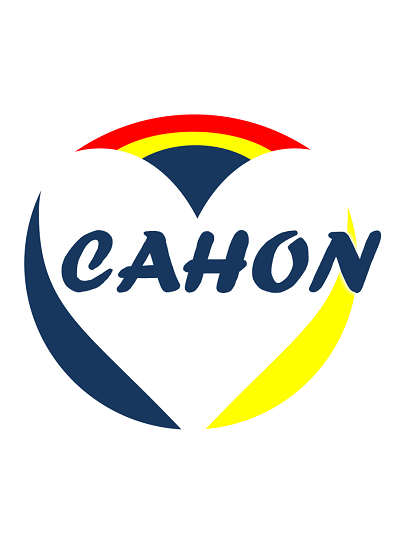急性髓性白血病和骨髓纤维化患者的治疗效果
IF 40.4
1区 医学
Q1 HEMATOLOGY
引用次数: 0
摘要
急性髓性白血病(AML)和骨髓纤维化(MF)患者的预后尚不明确。研究目的是评估急性髓细胞白血病患者骨髓纤维化的程度以及相应的反应率和预后。我们对 2302 例急性髓细胞白血病患者进行了回顾性研究。我们注释了骨髓纤维化患者的临床和分子特征、治疗反应和生存结果。总体而言,492 名患者(21.4%)的显微镜评估结果为骨髓纤维化:344 名患者(69.9%)的骨髓纤维化程度为 0-1 级,148 名患者(30.1%)的骨髓纤维化程度为 2-3 级。MF 2-3 级患者的复杂细胞遗传学比例较高(39.2% 对 24.7%,p = 0.002),JAK2 突变比例较高(25.7% 对 18%,p = 0.07),IDH2(16.9% 对 25.9%,p = 0.03)和 CEBPA(15.5% 对 27.6%,p = 0.006)突变比例较低。64%的患者接受了低强度化疗(LIT),36.1%的患者接受了强化化疗(IT)。完全缓解(CR)/计数不完全恢复(CRi)率为:IC 63.5%,LIT 37.9%(P = 0.007)。在 60 岁或以上的患者中,IC 的 4 周死亡率为 12.5%,而 LIT 为 9.3%(p = 0.8)。MF 0-1 的中位总生存期(OS)为 14.2 个月,而 MF 2-3 为 7.5 个月(p < 0.005)。在 60 岁或以上的 MF 2-3 患者中,IT 的中位总生存期为 6.5 个月,而 LIT 为 7.0 个月(p = 0.19)。在多变量分析中,2-3 级 MF(HR 2.0,95%CI 1.59-2.51)是生存率的最强预后因素。总之,急性髓细胞性白血病 2-3 级 MF 与较差的预后相关。本文章由计算机程序翻译,如有差异,请以英文原文为准。
Outcomes of patients with acute myeloid leukemia and bone marrow fibrosis
The outcomes of patients with acute myeloid leukemia (AML) and bone marrow fibrosis (MF) are not well defined. The study objectives were to evaluate the degrees of MF in AML, and corresponding response rates and outcomes. We performed a retrospective review of 2302 patients with AML. We annotated the clinical and molecular characteristics, response to therapy, and survival outcomes of patients with bone marrow fibrosis. Overall, 492 patients (21.4%) had a reported microscopic evaluation of MF: 344 (69.9%) had MF grade 0–1 and 148 (30.1%) had MF grade 2–3. Patients with MF 2–3 had a higher proportion of complex cytogenetics (39.2% vs. 24.7%, p = 0.002) JAK2 mutations (25.7% vs. 18%, p = 0.07) and lower proportion of IDH2 (16.9% vs. 25.9%, p = 0.03) and CEBPA (15.5% vs. 27.6%, p = 0.006) mutations. 64% were treated with low-intensity chemotherapy (LIT) and 36.1% with intensive chemotherapy (IT). The complete remission (CR)/CR with incomplete count recovery (CRi) rates were 63.5% with IC versus 37.9% with LIT (p = 0.007). In patients aged 60 or older 4-week mortality was 12.5% with IC vs. 9.3% with LIT (p = 0.8). The median overall survival (OS) was 14.2 with MF 0–1 versus 7.5 months with MF 2–3 (p < 0.005). In patients aged 60 or older with MF 2–3 median OS was 6.5 months with IT versus 7.0 months with LIT (p = 0.19). In a multivariate analysis, grade 2–3 MF (HR 2.0, 95%CI 1.59–2.51) was the strongest prognostic factor for survival. In summary, grade 2–3 MF in AML is associated with worse outcomes.
求助全文
通过发布文献求助,成功后即可免费获取论文全文。
去求助
来源期刊
CiteScore
48.10
自引率
2.10%
发文量
169
审稿时长
6-12 weeks
期刊介绍:
The Journal of Hematology & Oncology, an open-access journal, publishes high-quality research covering all aspects of hematology and oncology, including reviews and research highlights on "hot topics" by leading experts.
Given the close relationship and rapid evolution of hematology and oncology, the journal aims to meet the demand for a dedicated platform for publishing discoveries from both fields. It serves as an international platform for sharing laboratory and clinical findings among laboratory scientists, physician scientists, hematologists, and oncologists in an open-access format. With a rapid turnaround time from submission to publication, the journal facilitates real-time sharing of knowledge and new successes.

 求助内容:
求助内容: 应助结果提醒方式:
应助结果提醒方式:


